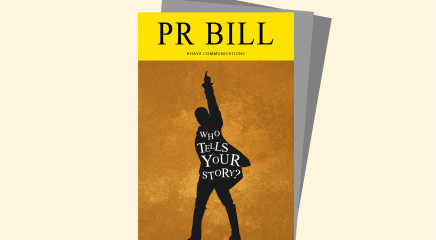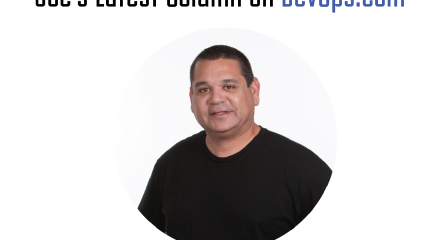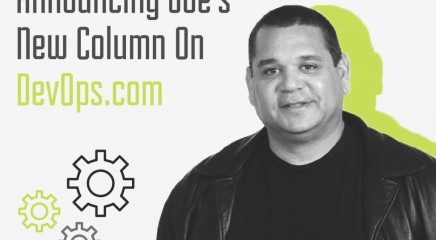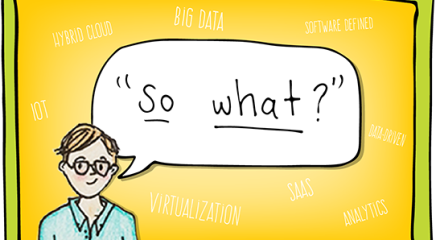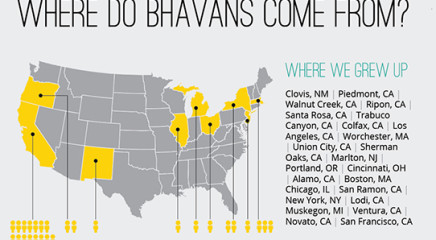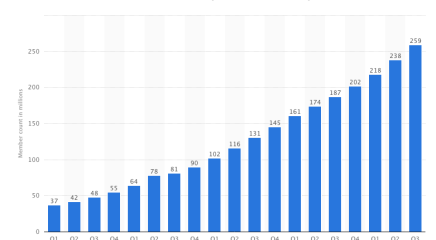Bhava’s Data-Driven PR Strategy Scored 40 Media Placements for Agentic AI Startup in 3 Months
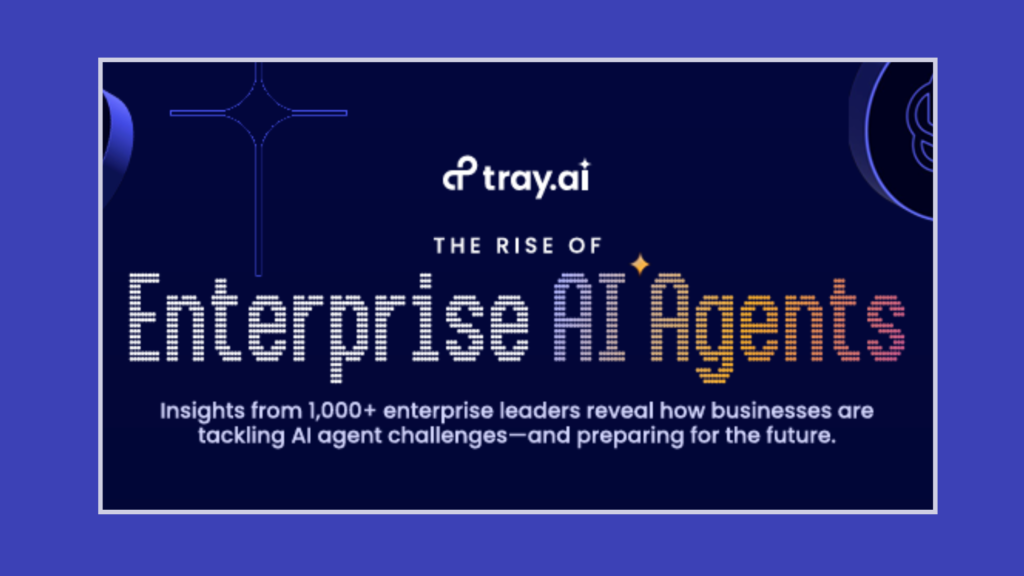
How combining a product launch with market research amplified coverage for Tray.ai
When Tray.ai approached us to announce their new Merlin Agent Builder, we faced a familiar challenge: how does PR break through the noise with product news during one of the busiest tech news cycles of the year? Our answer: turn their product launch into a data-driven industry trend conversation that media can’t ignore.
“Bhava understands that in today’s noisy market, you can’t just tell people what you’ve built, you have to prove why the market needs it. Their data-driven strategy delivered exactly that impact for Tray.ai.”
Shane Jackson, Tray.ai CMO
The Challenge: Making Product News Newsworthy
Product launches have become notoriously difficult to place in top-tier publications. Journalists are inundated with vendor announcements claiming to be “revolutionary” or “game-changing.” Without compelling proof points or broader industry context, even genuinely innovative products from known brands can struggle to gain media attention.
Tray.ai’s Merlin Agent Builder addresses a significant market need: it lets enterprises build and deploy AI agents without requiring extensive technical resources. But in order to capture media interest during a busy news season, we needed more than just features and benefits. We needed data that proved market demand for this solution.
The month prior to launch, Microsoft had made a flurry of Copilot announcements at Microsoft Ignite, sparking buzz around AI agents and enterprise AI adoption. This AI message momentum presented an opportunity to position Tray.ai’s product within a larger industry conversation that was already capturing media attention.
Instead of competing with Microsoft’s news cycle, we strategically delayed our announcement to ride the wave they created, opportunistically providing the media with original research that answered the very questions their narrative had raised:
- How much are organizations planning to invest in building AI agent prototypes?
- Are enterprises actually ready to deploy these AI agents?
- What’s standing in their way?
The Strategy: Hook Media with Data to Break Through the Noise
Bhava executed a highly effective industry survey for Tray.ai, developing the thesis, analysis, outbound narrative, content and report design. Over 500 IT decision-makers at enterprises with 1,000+ employees were surveyed about agentic AI technical barriers, deployment readiness and implementation timelines.
The result was a comprehensive study that identified the real challenges enterprises face when deploying AI agents.
“Bhava understands that in today’s noisy market, you can’t just tell people what you’ve built, you have to prove why the market needs it. Their data-driven strategy delivered exactly that impact for Tray,” said Shane Jackson, Tray.ai CMO. “They didn’t just help us announce a product; they developed a multifaceted campaign that elevated our launch into an industry conversation that the media couldn’t ignore. The fact that journalists are still referencing our research months later when covering AI agent trends shows the lasting business value of their approach. I’m tremendously proud of the results from this campaign.”
The data-driven campaign was strategically designed to:
- Validate market pain points that Tray.ai’s solution directly addressed
- Create urgency by quantifying the gap between AI agent hype and reality
- Provide journalists with exclusive data they couldn’t get anywhere else
- Position Tray.ai as a thought leader in the agentic AI deployment space
Once the stats were in, the key to success was transforming raw data into headline-worthy, attention-grabbing insights. The finding that most organizations were not technically ready to deploy AI agents became our lead message, supported by multiple data cuts for different media angles.
Timing mattered. By conducting this research immediately after Microsoft Ignite, we were able to capture enterprises’ gut reactions to the AI agent promises flooding the market. This gave the data immediate relevance and newsworthiness.
The Execution: Dual Announcement Strategy
We executed a strategic two-pronged PR campaign consisting of two announcements that supported each other:
- Product News: Tray.ai Launches Merlin Agent Builder
- Research: Survey Reveals 86% of Enterprises Require Tech Stack Upgrades to Deploy AI Agents
By leading with the data and using it to contextualize the product announcement, we upleveled what could have been just another vendor announcement into a must-cover story about the state of enterprise AI readiness.
The survey findings hit a nerve, providing crystal clear proof points that validated the urgent need for Tray.ai’s low-code solution for building agents:
- 86% of enterprises reported needing significant tech stack upgrades before they could deploy AI agents
- Companies said they were struggling with integration, security and data readiness challenges
- The gap between AI agent ambitions and deployment reality was revealed to be even wider than expected
The Results: Sustained Media Momentum for Months
The campaign exceeded expectations, generating 40 articles and maintaining media momentum for over three months.
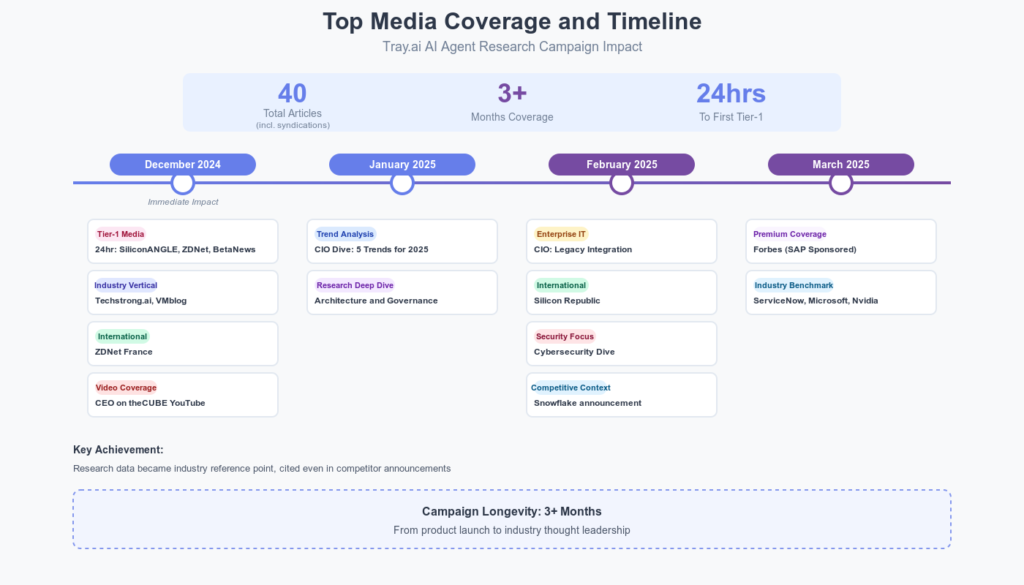
Immediate Impact
In the first month following the announcements, the launch scored:
- Tier-1 technology media – SiliconANGLE, ZDNet and BetaNews picked up the story within 24 hours
- Industry vertical coverage – Specialized publications like Techstrong.ai and VMblog provided in-depth analysis
- International reach – ZDNet France expanded the story to European markets
- Video coverage – theCUBE YouTube interview with CEO Rich Waldron added multimedia dimension
Enduring Industry Relevance
The campaign had a lasting impact on media conversations. While most stories fade quickly, compelling research results have the staying power to resurface repeatedly, and this campaign continued generating meaningful coverage well into 2025:
January 2025
- CIO Dive referenced our data in multiple trend pieces, including their “5 CIO trends to watch in 2025” and coverage of AI agent concerns
- Architecture & Governance published a dedicated analysis of our research findings
February 2025
- CIO featured our insights in their analysis of IT leaders’ concerns about integrating agentic AI with legacy infrastructure
- Silicon Republic cited the research in coverage about workplace infrastructure and AI agents
- Cybersecurity Dive referenced our findings when covering security concerns around AI agents
- CIO Dive continued using our data as context in competitor announcements (Snowflake’s AI agents)
March 2025
- Forbes (SAP-sponsored content) incorporated our insights into enterprise architecture discussions
- CIO Dive referenced our research when covering new entrants to the space (ServiceNow, Microsoft, Nvidia)
- Industry newsletters and roundups continued citing our statistics as authoritative data points
The Power of Syndication to Reach More Regions and Domains
Through syndication, the story reached:
- Multiple international markets (UK, Australia, New Zealand, Asia, India)
- Various industry verticals (CFOTech, MarTech Series, Cloud Computing Magazine)
- Different audience segments (C-suite executives, IT practitioners, business decision-makers, cybersecurity professionals)
Success Factors for a Data-driven Campaign
- Opportunistic timing: We didn’t just launch when it was convenient. We launched when the market conversation was primed for the message. The post-Microsoft Ignite timing was strategic and deliberate.
- Data-Driven storytelling: The survey data transformed our announcement from a vendor pitch into industry intelligence that journalists could use to inform their broader coverage of AI trends.
- Multiple angles for different outlets: This data-driven campaign offered various hooks:
- For business media: The enterprise readiness gap
- For technical media: Integration and deployment challenges
- For industry analysts: Market maturity indicators
- For international media: Global enterprise AI adoption patterns
- Executive thought leadership: Having CEO Rich Waldron available for interviews, including a segment on theCUBE, added credibility and depth to the coverage.
- Long-tail value: By generating evergreen research data, we ensured the story had legs beyond the initial news cycle. Journalists continued referencing the findings months later when covering AI agent trends.
This campaign reinforced several PR fundamentals:
- Product news needs proof points: Data amplifies the relevance of product features
- Timing beats volume: One well-timed announcement can outperform multiple poorly-timed ones
- Research has staying power: Original data becomes a referenceable asset for months
- Context is king: Positioning your news within larger market trends amplifies impact
ROI and Long-Term Impact of Data-Driven PR
The Tray.ai data-driven PR campaign demonstrated that with strategic planning, opportunistic timing and compelling data, feature-focused product announcements can achieve exceptional media coverage.
By upleveling a product launch into a data-driven industry conversation, Tray.ai became an authoritative voice on enterprise AI agent adoption challenges for the entire Q1 2025 news cycle.
Forty articles in top-tier publications like CIO, Forbes and ZDNet reached Tray.ai’s target audience of enterprise decision-makers during the course of more than three months. The campaign positioned Tray.ai as a thought leader in the AI agent space, with their data becoming the go-to set of statistics for journalists covering this emerging market, even when reporting on competitors’ announcements.
For B2B technology companies facing similar challenges in breaking through with product news, this campaign offers a blueprint: Don’t just announce what you’ve built. Prove why the market needs it.
When you produce truly valuable research, it becomes a gift that keeps on giving, providing context and credibility long after your initial announcement.













